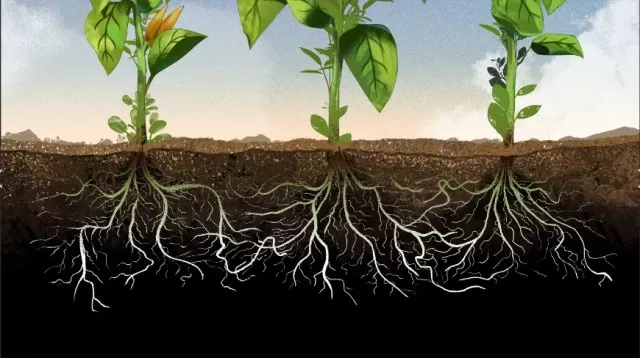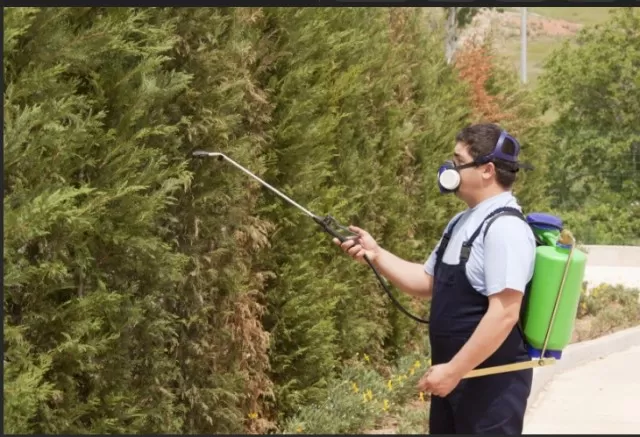Five Common Errors in Caring for Your Tomato Plants.Tomatoes are beloved for their deliciousness and versatility, making them a top choice for home gardeners. While growing tomatoes can be incredibly rewarding, it also comes with its fair share of challenges and puzzles. Levi Gardner, a professor of environmental studies at Grand Valley State University and co-executive director of Urban Roots, a non-profit community farm and education center, acknowledges the complexities of tomato cultivation. However, he emphasizes that learning from your mistakes can lead to the vibrant tomatoes you desire.
Understanding the true nature of tomato plants and knowing how to care for them can significantly enhance your gardening experience. To assist you on this journey, here are five common mistakes that people often make with tomato plants. By avoiding these pitfalls and implementing best practices, you can enjoy a bountiful harvest of delicious and robust tomatoes in your garden.
The Importance of Hardening Off Plants Before Transplanting

When it comes to transplanting plants into your garden, the urge to do so immediately is understandable.
However, it’s essential to remember the critical step of hardening off the plant before making the transition. This practice is especially crucial if your plants have spent their entire lives in a controlled environment, such as a greenhouse.
Hardening off is the process of gradually introducing your plants to outdoor elements.
It allows them to adapt to the stresses of wind, rain, and variable temperatures that differ from the controlled conditions they’re accustomed to. This acclimation is essential to ensure the plants’ successful transition and minimize the risk of sunscald.
The hardening-off process typically spans one to two weeks.
It involves exposing your plants to the outdoor environment for progressively longer periods each day. For example, you might start by leaving your tomato plant outside for just one hour on its first day, two hours on the second day, and so on.
The goal is to allow the plant to adjust gradually until it can thrive outdoors without suffering sunscald or other adverse effects.
By incorporating the hardening-off step into your planting routine, you can increase the likelihood of your plants thriving in their new outdoor environment.
Whether you’re an experienced gardener or a novice, this practice is a vital part of ensuring the successful transition of your plants from controlled indoor conditions to the more variable outdoor elements.
Planting Tomato Roots Deeply for Stronger Growth
When it comes to planting tomato plants, one common mistake is not burying the roots deeply enough in the soil.
Many home gardeners tend to plant their tomatoes just a few inches below the surface, but to encourage optimal growth, it’s advisable to plant them deeper, according to gardening expert Gardner.
If your tomato seedlings are taller than a few inches, Gardner recommends pruning off several of the lower leaves and planting the seedling deep into the soil.
By doing this, you’ll take advantage of the tiny root hairs along the stem, which, when buried, will begin to send out new roots. This process leads to a more robust and resilient root system for your tomato plant.
Gardner’s approach involves burying most of the tomato plant’s stem, leaving only about half above the soil.
To put this into perspective, if you have a 12-inch tall plant, he suggests burying approximately 6 to 8 inches of the stem.
Planting your tomato roots deeply is A Key practice to foster stronger growth and a healthier plant.
This technique enhances the tomato plant’s stability, nutrient absorption, and overall vitality. Whether you’re a seasoned gardener or a beginner, incorporating this method can contribute to a more successful tomato harvest in your garden.
A Better Way to Support Tomato Plants

When it comes to supporting your tomato plants, the common tomato cages you find at hardware and gardening stores might not be the best choice, as gardening expert Gardner points out.
The reason is that tomatoes are actually vines, not bushes, and their growth patterns can quickly overwhelm these flimsy cages, causing them to fall to the ground.
To provide effective support for your tomato plants, Gardner suggests using alternative methods such as the Florida Weave system or a hanging wire trellis.
While these systems may require more initial infrastructure and cost, along with a bit more gardening knowledge, the rewards are well worth it. These techniques can help you achieve healthier and more productive tomato plants, ultimately resulting in big, juicy tomatoes for your harvest.
By adopting a more suitable support method for your tomato plants, you can ensure that they thrive and produce an abundance of delicious fruit.
Whether you’re an experienced gardener or just starting out, investing in the right support system is a wise choice for a successful tomato harvest.
Pruning Tomato Plants for Bigger and Better Fruit
Pruning your tomato plants may sound unconventional for annuals, but for many indeterminate tomato varieties, it can lead to more substantial and plentiful fruit, as noted by gardening expert Gardner.
As tomato plants grow, they tend to produce numerous new shoots, commonly referred to as “suckers. ” If these suckers are left unpruned, they can result in an excessive number of stems with minimal fruit production.
Pruning comes into play to maintain a balanced ratio between vegetative and reproductive growth, ensuring the plant’s optimal photosynthesis.
By selectively removing some of the new shoots or suckers, you promote the development of larger and more abundant fruit on the remaining stems.
Pruning may require a bit of know-how, but the effort can pay off with a more fruitful tomato harvest.
Whether you’re an experienced gardener or a novice, mastering the art of tomato plant pruning can lead to healthier and more productive plants, ultimately providing you with a bountiful supply of delicious, homegrown tomatoes.
Selecting the Right Pest Control for Your Tomato Plants

When it comes to pest control for your tomato plants, it’s important to make informed choices, particularly when opting for organic solutions.
Not all organic pesticides are created equal, and gardening expert Gardner advises looking for products labeled with “OMRI,” which stands for Organic Materials Review Institute. This designation ensures that the product you select can be used as part of the National Organic Program, guaranteeing its organic integrity.
In addition to OMRI-approved products, Gardner recommends incorporating concentrated organic neem oil into your pest control routine.
Tomato plants are often vulnerable to pests like blight and tomato hornworm, and neem oil serves as an effective deterrent without causing harm to the insects. This approach aligns with the principles of organic gardening, allowing you to protect your tomato plants while maintaining a natural and environmentally friendly garden.
By making well-informed choices in your pest control methods, you can ensure the health and productivity of your tomato plants while adhering to organic gardening principles.
Whether you’re an experienced gardener or just starting out, selecting the right pest control products is a crucial step in maintaining a thriving garden.
*The information is for reference only.